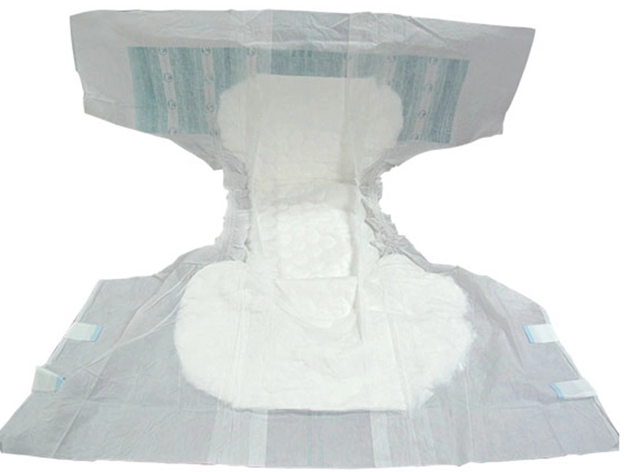Adult Care Diaper
We could supply Adult Diaper with three kinds, it includes adult diaper with sticker, straight inner diaper and Calabash insert diaper. The features are: 1)Top sheet with Non woven ,make you feel very comfortable.
2)PE tape allows easy use and refastening as many times as necessary
3)Printing PE film Back sheet.
4)Leak guard can better advoid leaking.
5)Imported Pulp and SAP can absorbs fluid instantly
6)OEM available
We have three kinds of adult diaper:
1) diaper with sticker
2) straight inner diaper
3) Calabash diaper
3.Payment & Samples:
Payment: T/T 30% in advance, 70% upon the receipt of BL copy.
Delivery Date: within 30 days.
Delivery Place: Xiamen port,China
Samples: Free,customer pays the postage.
4.Company Information:
we are a leading company in hygiene industry,our main line is baby diaper,adult diaper,our products have
been sold to many countries and received high popularity worldwide,we do business on the base of mutual benefit.
5.Certificates and advantages:
1) OEM from 1998
2) Certificate: ISO9001
3) Imported fluff pulp and SAP
4) 100% quality guarantee
Product show:

Adult Diaper
Adult Diaper,Adult Disposable Diaper,Adult Diaper Calabash Shape,Adult Insert Pad
Tianjin Jiao rou Sanitary product company , http://www.tjsanitary.com